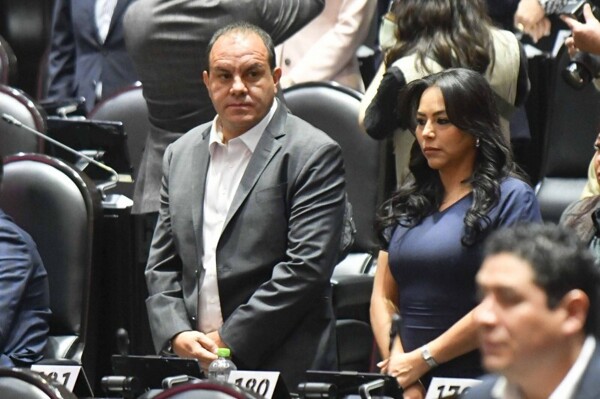
In Mexico, a significant decrease in foreign direct investment has been observed, with only $17 captured in 2022 for every $100 received the previous year. This 83% reduction raises questions about the internal factors that have led to this situation. Even in the public sector, investment has decreased in absolute terms during the previous administration.
It is essential to address the scarcity of resources allocated to areas that directly impact productivity and sustainability. If Mexico fails to increase domestic investment to promote growth, it cannot solely rely on external investors. It is noteworthy that, across different administrations, there has been a variation in physical investment, with figures ranging from 5.381 trillion pesos in the current government to 6.443 trillion pesos in the previous government.
It is noted that, although foreign companies continue to reinvest in Mexico, new investment has experienced a notable decrease. This aspect, essential for boosting production and generating employment, is crucial for the country’s economic growth. In this regard, the focus on internal investments and policies that foster a conducive business environment could be the key to reversing this negative trend.
When analyzing recent figures related to foreign direct investment, it is evident that expectations of an increase in the Mexican economy due to "nearshoring" have not been fulfilled. Public investment has shown significant deterioration compared to previous periods, impacting the necessary infrastructure to attract new investments. It is concerning that new foreign investments have decreased, highlighting a 39% reduction in 2024.
The need to prioritize investments in key areas such as infrastructure and technology to attract foreign companies is emphasized. The reduction of investment in fundamental sectors such as health, education, and the environment during the previous administration has had negative repercussions. In this context, it is essential to rethink economic policies and promote a favorable environment to attract foreign investment and stimulate economic growth.
In conclusion, it is vital for Mexico to reevaluate its strategies and priorities to encourage investment, both domestic and foreign. The drop in foreign direct investment poses challenges that must be addressed through effective policies that drive the country’s economic development.














